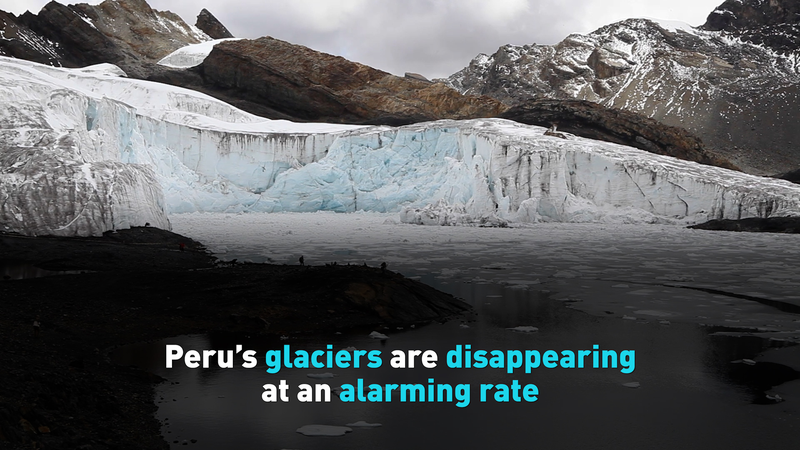High in the Peruvian Andes, the giants of ice that have fed rivers and communities for centuries are melting at record speed. According to a study published this year, Peru’s glaciers lost 56 percent of their volume in just over 50 years, a stark reminder of the accelerating impact of human-driven climate change.
These frozen reservoirs supply water to millions across cities, farms and fragile ecosystems. As glaciers recede, the risks grow:
- Water scarcity: Seasonal runoff declines, threatening drinking water and irrigation.
- Hydropower at risk: Reduced glacial melt undermines clean energy generation.
- Community impacts: Indigenous and rural populations face crop failures and migration pressures.
Scientists warn that if current warming trends continue, many of these ice bodies could vanish entirely by mid-century, reshaping landscapes and livelihoods. Across Latin America and beyond, the loss underscores the urgent need for sustainable water management and carbon reduction.
Local initiatives are already emerging, from artificial ponds that capture meltwater to reforestation that stabilises soil and regulates local climate. But experts agree that global cooperation is essential — tackling emissions, sharing green technologies and supporting vulnerable communities.
The story of Peru’s melting glaciers is a wake-up call for young global citizens: our actions today shape the planet we pass on to future generations. As we track solutions from the Andes to the Alps, the question remains: how can we secure water and climate justice worldwide?
Reference(s):
cgtn.com

